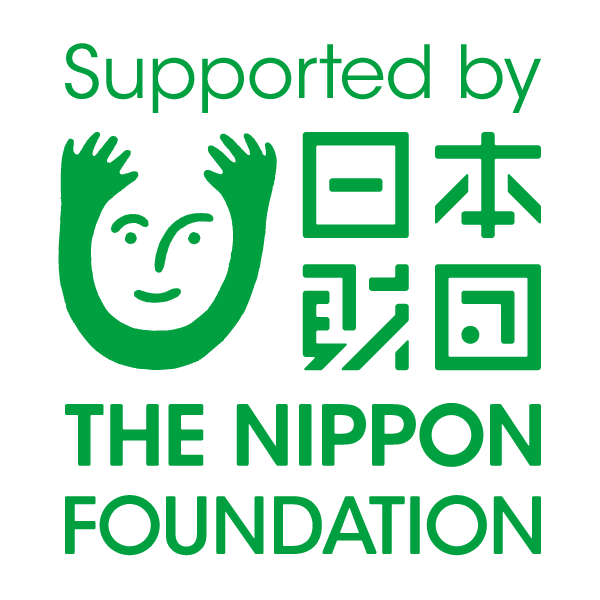15 de janeiro - Lançamento do livro "O nikkei no Brasil"
| Jan 200815 | ||
| 7:00p.m. | ||
Hall do Palácio Nove de julho (Assembleia Legislativa do Estado de São Paulo)
Av. Pedro Álvares Cabral,201
Ibirapuera, São Paulo
Brazil

Livro que aborda a presença nikkei na sociedade brasileira será lançado na Assembléia Legislativa do Estado de São Paulo.
Trata-se de uma publicação de suma importância para os estudos da imigração japonesa no Brasil. Concebido através da cooperação de renomados professores e profissinais de diversas áreas O NIKKEI NO BRASIL será uma das obras de referência no centenário da imigração japonesa no Brasil.
Abaixo segue um breve release do livro, cortesia do professor Kiyoshi Harada,
coordenador do volume.
O NIKKEI NO BRASIL é uma obra coletiva, coordenada pelo Professor Kiyoshi Harada, e escrita por ele e outros onze renomados profissionais de diferentes áreas de conhecimento, que examina, com bastante espírito crítico, o fenômeno da imigração japonesa no Brasil. Contém 630 páginas e mais de 50 ilustrações fotográficas.
Visa homenagear a comunidade nikkei no Brasil, fazendo parte dos festejos comemorativos da imigração japonesa no Brasil. Será lançado, oficialmente, no dia 15 de janeiro de 2008, no Hall da Assembléia Legislativa do Estado de São Paulo, às 19 horas, com a presença de autoridades federais, estaduais e municipais; líderes das principais entidades; empresários; profissionais de diversos setores e da comunidade nikkei em geral.
Dividido em 15 capítulos diferentes, porém, interligados, o livro tem por objetivo principal demonstrar como e porquê os imigrantes japoneses, que aqui aportaram como colonos, e em clima praticamente hostil, enfrentando toda sorte de dificuldades, como as narradas na mini série “Haru e Natsu”, e superando, ainda, as desgraças advindas da Segunda Grande Guerra, conseguiram atingir, por si e por meio de seus descendentes, em menos de um século, tamanho avanço em termos de integração à sociedade local, deixando de ser “colônia”, para constituir-se em um dos segmentos marcantes da ampla sociedade brasileira multirracial e multicultural.
O livro aponta a participação do nikkei em elevadas posições no âmbito nacional e na esfera dos três Poderes. Representa uma verdadeira radiografia de sua atuação no Brasil, servindo como instrumento de reflexão do que o nikkei tem feito e está fazendo, bem como de registro valioso para as gerações futuras. Nesse sentido, inúmeras personalidades do mundo artístico, cultural, político, esportivo, econômico, educacional, profissional, científico etc. são citadas em conexão direta com os temas ou episódios abordados na obra. Muitas pessoas, certamente, ficarão espantadas de ver seus nomes no livro.
Buscando alargar ao máximo possível o número de participantes na formulação conceitual da comunidade nikkei de hoje, dezenove ilustres personalidades foram entrevistadas pelo coordenador desta obra, que formulou questões genéricas, ligadas à comunidade, e questões específicas da área de atuação de cada entrevistado. As respostas dadas por essas pessoas, que marcaram o seu tempo e continuam deixando sua marca na história nipo-brasileira, enriqueceram sobremaneira o conteúdo dos diversos temas tratados na obra.
No final do livro, foram incorporados 16 anexos, onde estão relacionadas as personalidades nikkeis integrantes das instituições públicas e privadas citadas no livro, bem como a relação de principais artistas plásticos e a relação de escolas japonesas no Brasil.
Lançamento do livro "O Nikkei no Brasil"
Data: 15 de janeiro de 2008
Horário: 19 hs
Local: Hall do Palácio Nove de julho (Assembleia Legislativa do Estado de São Paulo) - Av. Pedro Álvares Cabral,201 - Ibirapuera - SP
Capa: Ilustração do artista plástico, Kazuo Wakabayashi.
 mhijb
.
Last modified Jul 09, 2010 12:11 p.m.
mhijb
.
Last modified Jul 09, 2010 12:11 p.m.

 Journal feed
Journal feed


Community Event